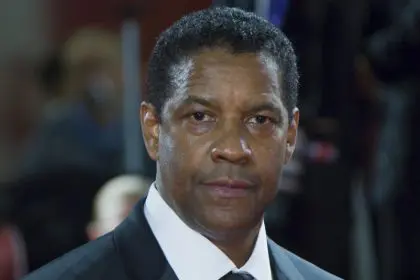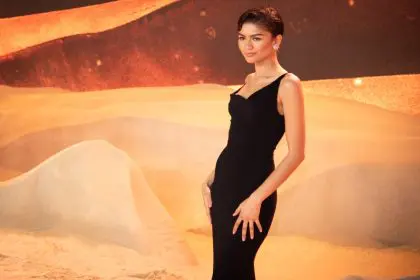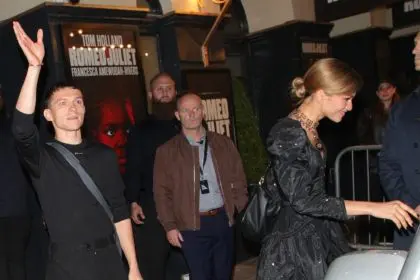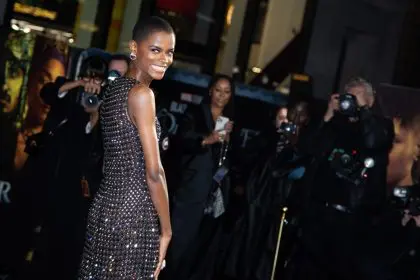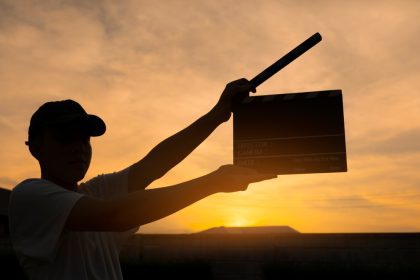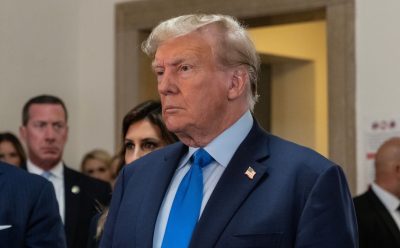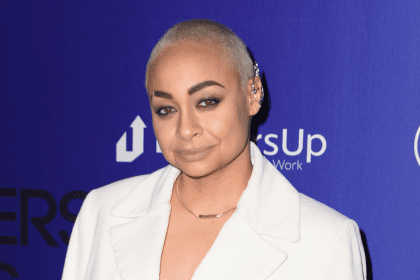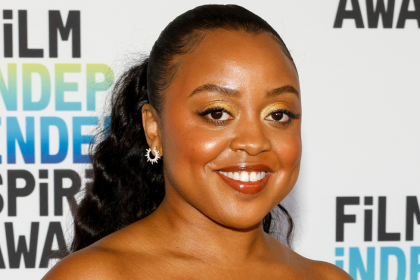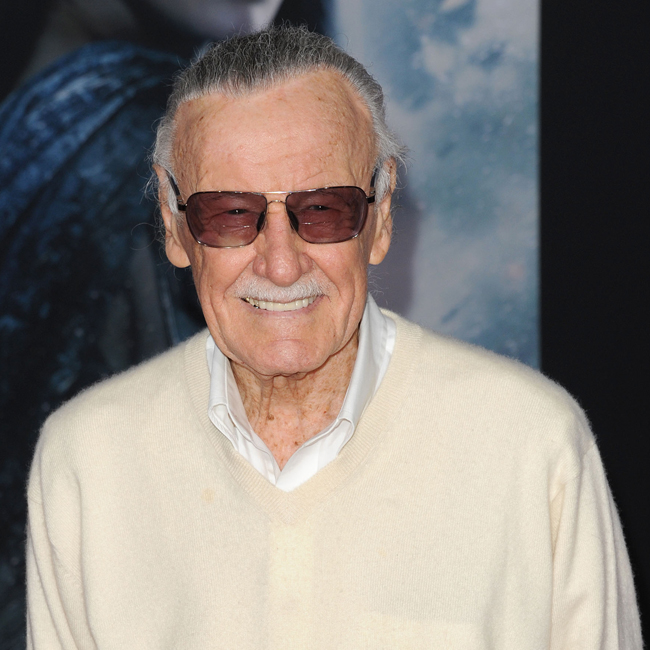
Stan Lee has died at the age of 95. Lee and co-creator of Marvel Comics Jack Kirby created classic superhero characters such as The Fantastic Four, Thor, Hulk, Iron Man, The Avengers, X-Men and Spider-Man.
But Lee and Kirby were both ahead of their time by creating powerful Black characters in comics during an era where Black representation in media proved to be very limited.
In 1966, Lee and Kirby created the Black Panther comic book series, which featured the character T’Challa of the African nation Wakanda. The Black Panther made its debut in The Fantastic Four comic book issue No. 52. The Black Panther’s first solo comic series was published in 1973 in a series called Jungle Action. In 2018, the film Black Panther broke a multitude of box office records and earned more than $1.3 billion globally in theaters.
“Marvel and Stan Lee made several Black characters popular at an important time in American history,” says Curtis Johnson, a comic book enthusiast from Detroit. “Along with Black Panther, Marvel created Black characters such as The Falcon, Power Man/Luke Cage, Storm (Ororo Munroe), and Black Goliath.”
The Falcon was introduced in Captain America No. 117 and became Captain America’s superhero partner. Luke Cage first appeared in the 1972 comic book Hero for Hire No. 1. In 1975, Storm — the first Black female superhero and member of the X-Men — first appeared in Giant-Size X-Men No. 1. Character Bill Foster, a non-super-powered character, appeared in Avengers No. 32 in 1966. Foster would later gain powers and became known as Black Goliath in the 1975 comic book Power Man No. 24. And Robbie Robertson was a Black journalist who was also a member of Spider-Man’s supporting cast in the comic book The Amazing Spider-Man No. 51 in 1967.
Lee and Marvel’s characters inspired young Black kids who could see themselves in each comic book character. For Johnson, who bought his first comic book at 8 years old, it gave him and other kids a boost of confidence and strength needed to face the real world.
“It made me feel good and let me know that I belong,” Johnson said. “I knew that Blacks had a place in the world of make-believe. It let me know that I can be anything.”


